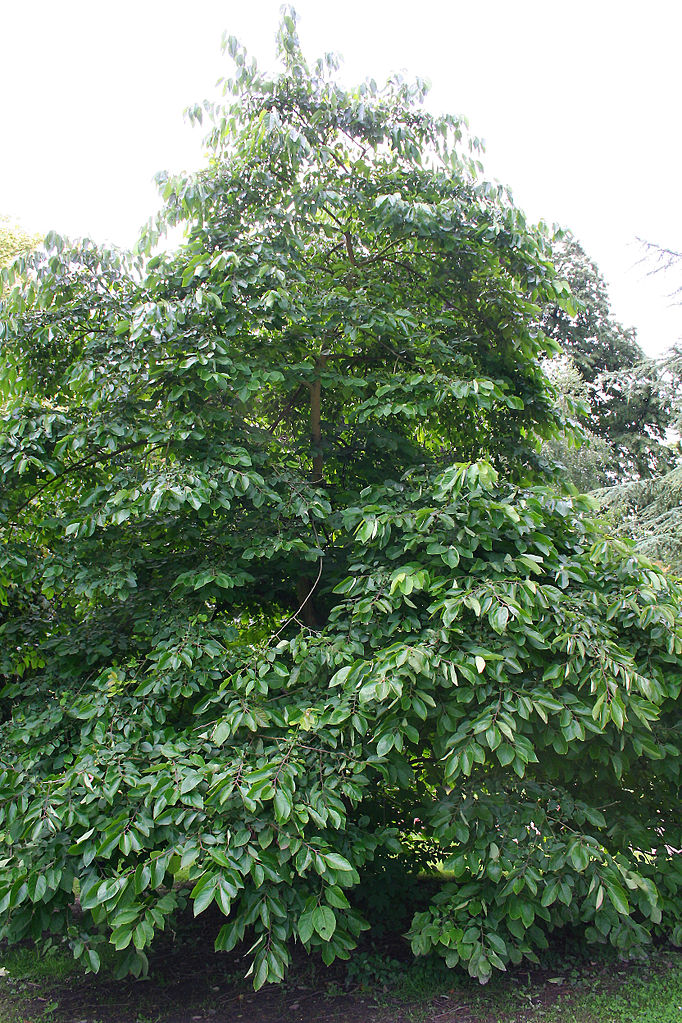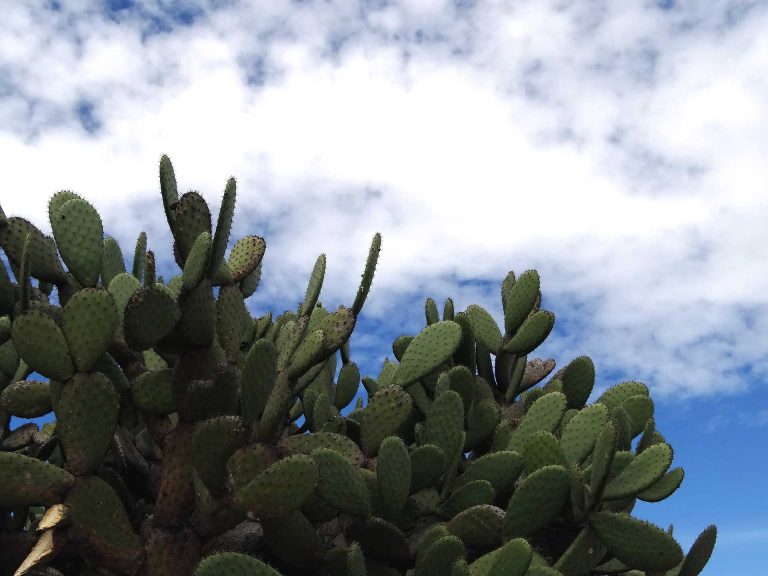Alstroemeria – Patronizes Baron Klas Von Alstroemer, the Famous Swedish Botanist
Scientific Classification
| Kingdom: | Plantae |
| (unranked): | Angiosperms |
| (unranked): | Monocots |
| Order: | Liliales |
| Family: | Alstroemeriaceae |
| Genus: | Alstroemeria L |
Alestroemeira or Peruvian lily or lily of the Incas, is a type of flower that belongs to the Alstroemeriacea family. All of them are South American inhabitants. More or less all these types restrict their availability to distinct areas of the multiplicity in either central Chile or East of Brazil. Aistromeiras from Chile, grow during winter and that of Brazil during the summer. Other than Alstremeira “graminea” a miniature that blooms once in a year from the Atacama Desert of Chile, all the rest of the species are long-lived perennials. They named this flower after Baron Klas von Alstroemer, the famous Swedish botanist who collected its seeds from Spain in 1753.
Anatomy
Plants belonging to this variety grow from tuber clusters. Their stems are both sterile and fertile. The productive stems of a few varieties of the alstomera young plant grow up to a height of 1.5 m. Their leaves are arranged alternately and facing up words, and warped on the petioles in such a way that the underside faces upwards. The edges of the leaf blades are smooth, while the leaves differ in shape. The flowers are single or are seen to cluster like an umbrella. The flowers bear 6 sepals 5 cm long, that are found in shades of orange, green, red, purple and white; they frequently have spots on them. The flower has 6 curved stamens. There are 3 lobes of the stigma. The fruit is in the shape of a capsule having 3 valves.
How to cultivate domestically
Preparation for planning

Photo by: Pato Novoa
Grow the Alestroemeira lily where you can get exposure to total sun, but in the hot summer regions, they grow well in mild shade. Grow the Peruvian Lilies in soil that is somewhat acidic, rich and light. In early summer or late autumn, plant the tubers to a depth of 8 inches. Grow the plants in partial shade or full sun, in a well drained and moist Protect the flowers from the scorching sun and acute winter. Prior to planting make it a point to add compost to the soil.
Planting
- When transplanting, make a hole deeper than the tuber you propose to plant.
- While removing the lily from the container, be very careful, put it in the hole and fill the hole with soil and gently pack the soil to evacuate the air.
- Pour water to settle the soil, Space the bedding plants at a distance of 6 to 8 inches distance
- All through spring and summer, frequently water the recently planted blooms and reduce watering once flowering begins.
- In spring apply slow-releasing fertilizer. As of now there are no reports of problems for these plants from pests or diseases.
Placement and watering
Different statures characterize alstroemeira varieties. Alstroemeira stems that grow to a height of 2 feet or more fetch a good price for cutting. The shorter ones are bushy and will adorn a basket perfectly. Alsrtoemeira is ideal for indoor or outdoor cultivation in the garden. Make it a point to see that you always keep watering and not let them dry and die.
Flowering season
The later part of June and earlier part of August is the blossoming time for the Peruvian lilies (Alstroemeira).
After bloom care
After blooming and fading, cut the flower stems to ground level, never remove all the leaves. The method of planting varies in different types of Alstroemeira; hence read instructions about a particular variety that you propose to plant.
As cut flowers

Photo by: JJ Harrison
The stunning flowers are grown for commercial purposes on large scale last longer. As cut flowers, they dazzle the viewer’s eyes and reassure you that it is a sight worth seeing and worth the preliminary trouble you had suffered to see them blossoming year after year. It is certain that this beautiful flower will brighten your garden and yard, with its unmatched splendor.

Having discovered a fondness for insects while pursuing her degree in Biology, Randi Jones was quite bugged to know that people usually dismissed these little creatures as “creepy-crawlies”.







